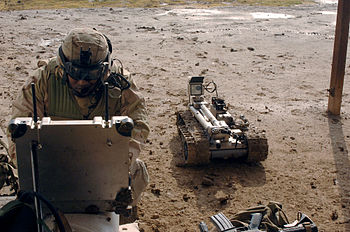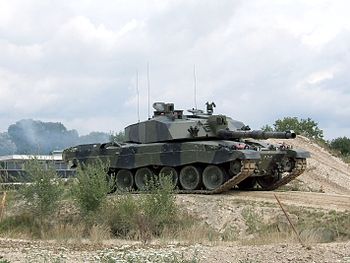Category: near future
-

ANDR – Autonomous Networked Dynamic-learning Robots
A conversation with my son over a McDonald’s sparked a bit of architecture for Autonomous Networked Dynamic-learning Robots (AKA ANDR) and a short story about their use in a near future counterinsurgency operation. You can read the short story (First Mission ANDR12) on my writing and reading blog. ANDR Requirements Being an analyst underneath and…
-

Mass mobilisation for World War Three?
Mass mobilisation for a world war level conflict would need the country to repeat what it did for WW1 & WW2. Discussion I’ve read on twitter amongst those interested and knowledgable about defence (a mixture of serving officers, military historians and political observers) suggests that Britain has a real problem with the level of defence…
-
No Bombing Syria – it only helps ISIS
The UK Parliament has a vote this evening about bombing Syria. I’ve said before (On Syria, 2013) that I believe that bombing Syria would be a mistake. Here’s a summary of why it doesn’t help: No matter how careful we will kill civilians that we should be protecting It will cement the view that the West…